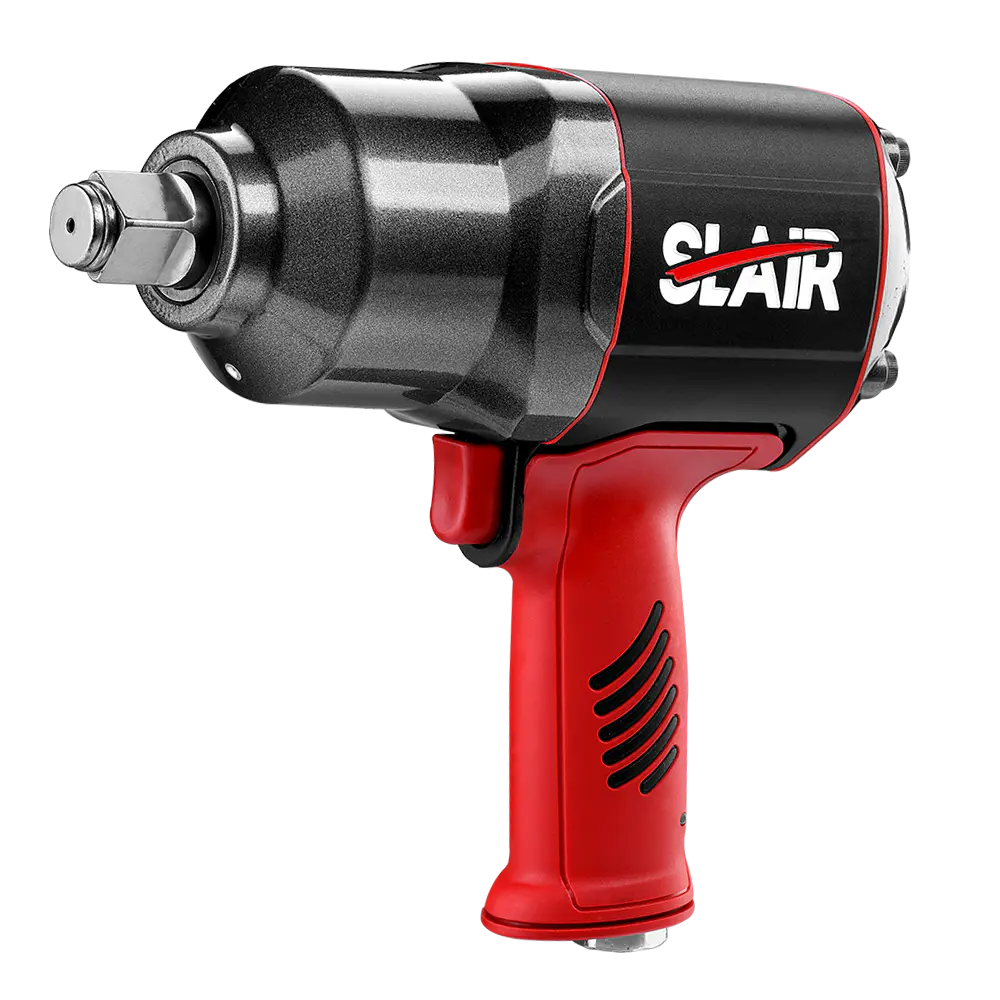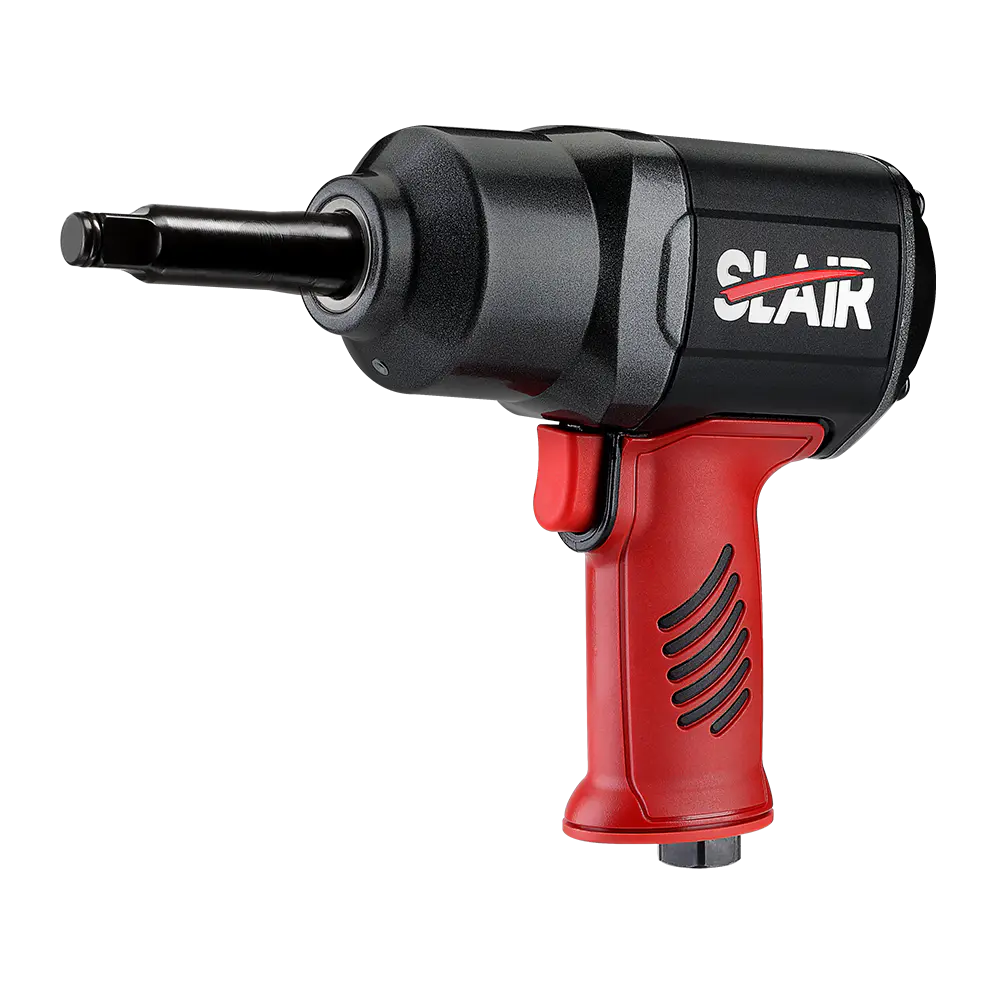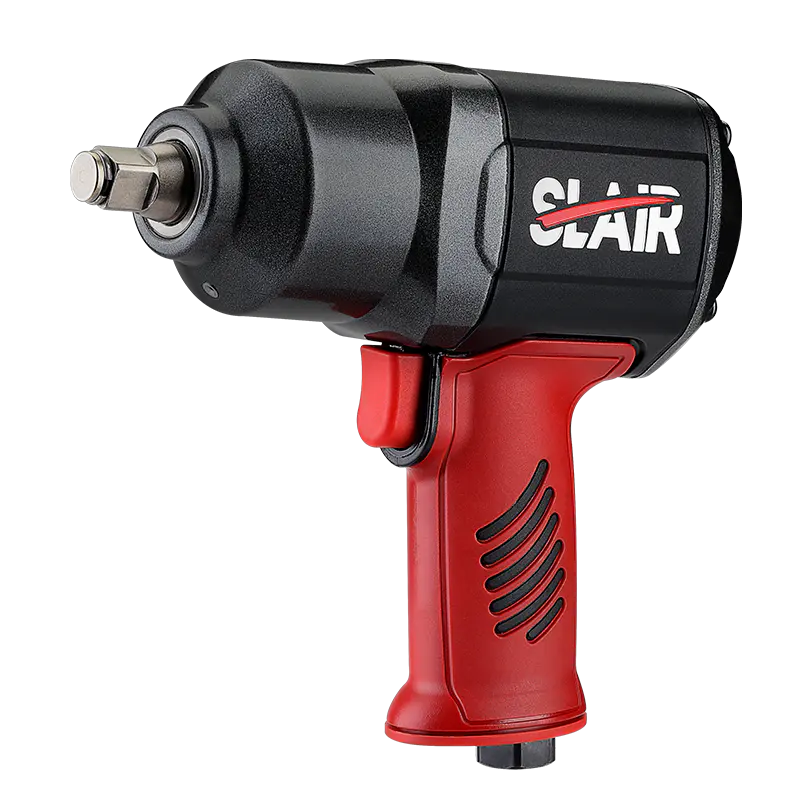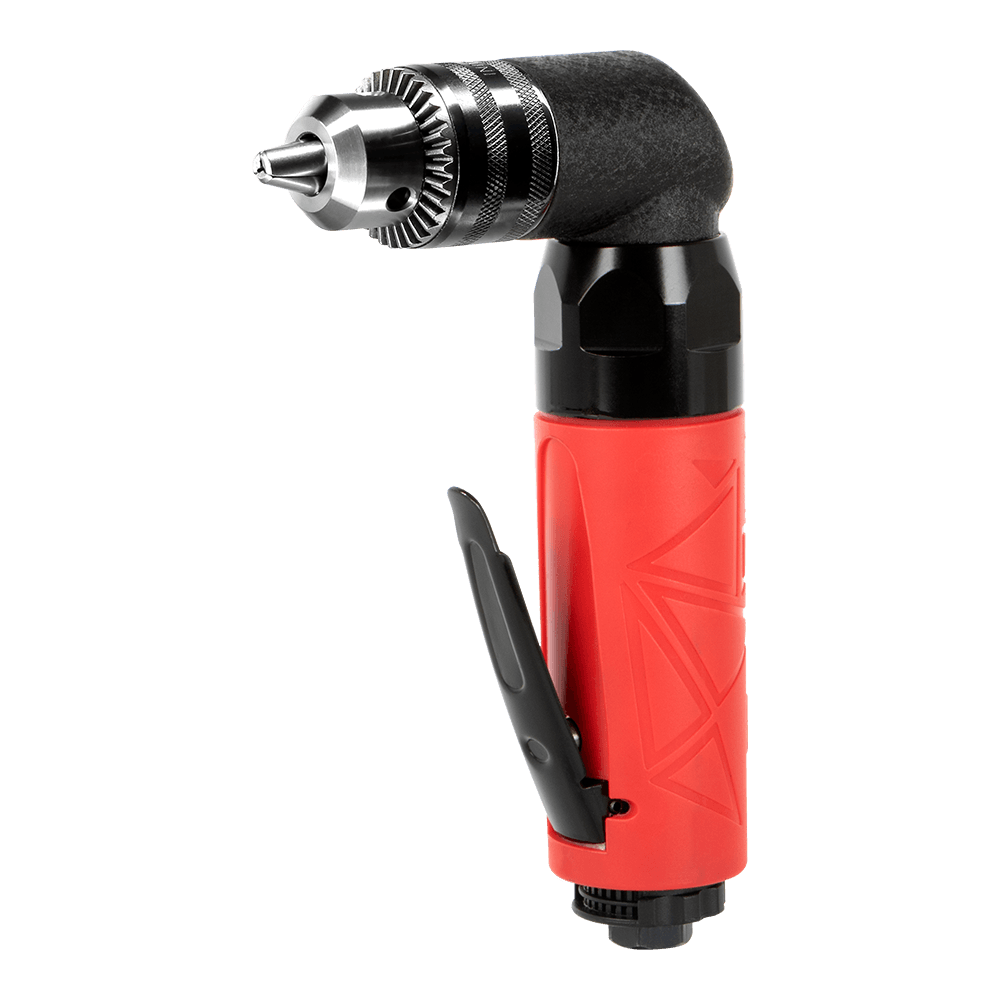Using an air impact wrench safely is essential to prevent accidents, injuries, and damage to equipment. Here are some common safety precautions to follow when using an air impact wrench:
Read the Manual: Always read and fully understand the manufacturer's operating manual for your specific air impact wrench. Follow the instructions and safety guidelines provided.
Wear Appropriate Safety Gear: Use personal protective equipment (PPE) such as safety glasses, hearing protection, gloves, and appropriate work attire to protect yourself from flying debris and loud noise.
Check for Damaged Components: Before use, inspect the
air impact wrench, air hose, and fittings for any damage or wear. Replace any damaged components immediately.
Use the Right Tool for the Job: Ensure that the air impact wrench is appropriate for the task and the fasteners you are working with. Using the wrong tool can be dangerous.
Secure Workpieces: Secure the workpiece or fasteners properly in a vise, fixture, or with appropriate clamping mechanisms to prevent them from moving during operation.
Control the Air Hose: Keep the air hose out of the way and avoid creating tripping hazards. Use hose hangers or clips to secure it to prevent tangling.
Use Impact-Resistant Sockets: Always use impact-rated sockets designed for use with air impact wrenches. Standard sockets are not built to withstand the high torque and impact forces generated by the tool.
Maintain Proper Air Pressure: Set the air pressure within the recommended range specified by the manufacturer. Using excessive air pressure can result in over-tightening and potential safety hazards.
Avoid Over-Reaching: Stand or position yourself in a stable and balanced manner. Avoid over-reaching or leaning excessively, which can lead to loss of control and injury.
Use Two Hands: When operating the air impact wrench, use both hands to maintain control over the tool. Keep one hand on the handle and the other on the trigger.
Secure the Trigger: When not in use, engage any safety locks or triggers to prevent accidental activation.
Release Pressure Safely: Before disconnecting the air hose or changing sockets, release the pressure in the air impact wrench to avoid unexpected tool activation.
Do Not Exceed Torque Limits: Avoid exceeding the torque limits specified for the tool, as over-tightening can damage fasteners or components and pose safety risks.
Limit Exposure to Vibration: Prolonged exposure to the vibrations generated by air impact wrenches can lead to hand-arm vibration syndrome (HAVS). Take regular breaks and use anti-vibration gloves if needed.
Maintain and Lubricate: Regularly maintain and lubricate the air impact wrench as per the manufacturer's recommendations to ensure smooth and safe operation.
Follow Lockout/Tagout Procedures: When working on machinery or equipment, follow lockout/tagout procedures to ensure the power source is disconnected and secured to prevent accidental startup.
Educate Operators: If multiple individuals will be using the tool, provide proper training and ensure they understand the safe operating procedures.
Work in Adequately Lit Areas: Ensure you have adequate lighting when working to avoid mistakes or accidents due to poor visibility.
Plan for Emergency Situations: Have emergency procedures in place, such as first aid kits and fire extinguishers, and know how to use them.
Know Your Environment: Be aware of your work environment, including potential hazards like hot surfaces, flammable materials, and sharp objects.
By following these safety precautions, you can minimize the risks associated with using an air impact wrench and create a safer working environment. Always prioritize safety when operating any power tool.





 English
English 中文简体
中文简体 русский
русский Deutsch
Deutsch Português
Português Español
Español
















